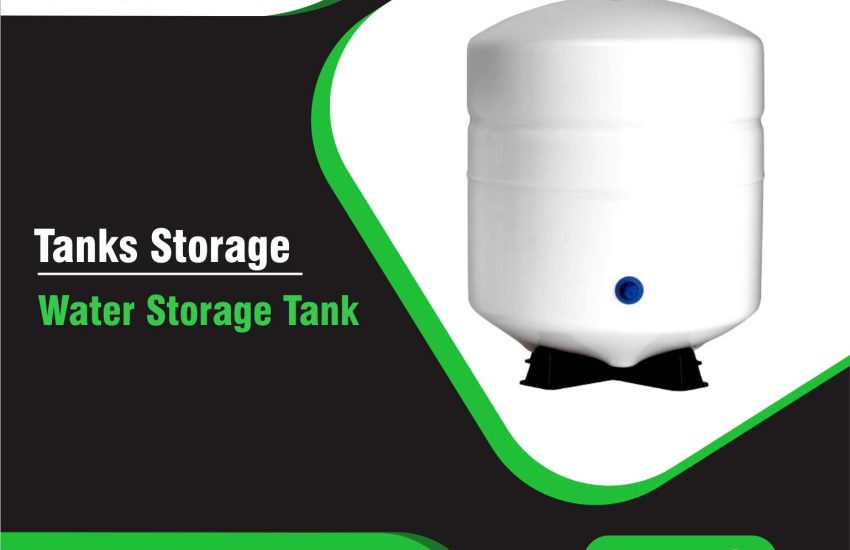Water Storage Tank is a vital solution for storing water across various settings, from residential to industrial applications. These tanks ensure a reliable water supply during shortages or emergencies. Whether you’re looking to store water for drinking, firefighting, irrigation, or industrial purposes, understanding Water Storage Tank specifications can help you choose the right one. In this article, we’ll explore the features and benefits of these tanks, optimized with SEO-friendly keywords for better online visibility.
What is a Water Storage Tank?
A Water Storage Tank holds water for future use. These tanks are essential for homes, farms, industries, and municipalities. Water Storage Tanks vary in size, material, and design based on the intended use.
Water Storage Tank Specifications
1. Types of Water Storage Tanks
The right tank depends on material choice and application. Common types include:
- Plastic Water Tanks: Affordable, corrosion-resistant, and ideal for residential and small-scale uses.
- Steel Water Tanks: Durable and strong, these tanks are used in larger-scale commercial and industrial applications.
- Fiberglass Water Tanks: Known for strength and resistance to extreme temperatures, these tanks suit industrial and agricultural needs.
- Concrete Water Tanks: Often used for municipal water storage, these tanks provide large-scale, long-term solutions.
2. Capacity and Size
Water storage tanks come in various sizes. Residential tanks generally hold 500 to 2,000 gallons. Medium-capacity tanks can store between 5,000 and 50,000 gallons, while large-capacity tanks are designed for industrial use and can hold up to 100,000 gallons or more.
- Small Tanks: Used for homes and small businesses.
- Medium Tanks: Perfect for schools, farms, and small municipalities.
- Large Tanks: Necessary for industrial and large-scale water needs.
3. Material and Durability
Choosing the right material ensures durability and resistance to environmental factors:
- Polyethylene (Plastic): Lightweight and resistant to corrosion. Ideal for storing both potable and non-potable water.
- Stainless Steel: Offers excellent strength and hygiene, making it perfect for food industries and drinking water storage.
- Fiberglass: These tanks are highly resistant to corrosion and weather conditions.
- Concrete: Concrete tanks are robust, long-lasting, and typically used for large municipal or commercial water storage systems.
4. Tank Design and Shape
Water Storage Tanks come in various shapes to fit different installation needs:
- Vertical Cylindrical Tanks: These tanks save space and provide efficient storage.
- Horizontal Cylindrical Tanks: Ideal for installations where space is limited.
- Rectangular Tanks: Designed for tight spaces and both above-ground and underground applications.
5. Features of Water Storage Tanks
Modern Water Storage Tanks come with additional features to enhance their functionality and safety:
- Overflow Protection: This prevents overfilling and helps maintain efficient water management.
- Inlet and Outlet Valves: These control water intake and flow, making usage more efficient.
- Ventilation: Some tanks are equipped with vents to regulate gas buildup.
- Insulation: In colder climates, insulated tanks help prevent water from freezing.
6. Water Quality Preservation
Many Water Storage Tanks are designed to preserve the quality of stored water:
- UV Protection: Polyethylene tanks are often UV-resistant to prevent water contamination.
- Airtight Seals: Seals prevent dust, debris, and pests from entering the tank.
- Filtration Systems: Some tanks come with filtration systems to ensure clean water.
7. Installation and Maintenance
Installing and maintaining Water Storage Tanks is key to ensuring long-term reliability:
- Installation: Plastic tanks are lightweight and easy to install. Steel or concrete tanks may require professional installation due to their size.
- Maintenance: Regular maintenance includes checking valves, cleaning tanks, and ensuring the system functions properly.
Benefits of Water Storage Tanks
- Reliable Water Supply: Water storage tanks ensure a steady supply, even during shortages or emergencies.
- Cost Savings: Using stored water can lower utility bills, especially for businesses and agricultural users.
- Sustainable Water Management: Tanks can be used for rainwater harvesting, reducing dependency on municipal water systems.
- Fire Protection: Firefighting systems use water from storage tanks, ensuring a rapid response to fires.
- Agricultural Efficiency: Water tanks are essential for irrigation, ensuring crops get sufficient water even during dry seasons.
- Minimal Maintenance: Most tanks require little upkeep, making them an efficient and long-lasting solution.
Conclusion
A Water Storage Tank is an essential asset for both residential and industrial water needs. By choosing the right tank based on material, capacity, and installation requirements, you can ensure a reliable and cost-effective water storage solution. Whether for emergency preparedness, agricultural needs, or fire protection, Water Storage Tanks are critical for efficient water management. Regular maintenance and proper installation help maximize the longevity of these tanks and ensure a steady water supply.


